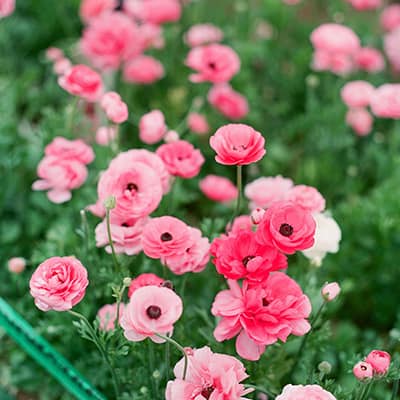Lush landscaping and vivid flower beds are quintessential elements of a captivating home garden, but the modern homeowner seeks more than just aesthetics. They desire outdoor spaces that contribute to sustainability efforts while blending color, texture, and environmental impact harmoniously. For those looking to infuse diversity into their landscaping design, consider these elements as you and your professional landscaper work together to transform your garden into a sustainable oasis.
Cultivate a Water-Wise Haven
Water conservation is at the forefront of sustainable gardening and drought-tolerant plants are the backbone of a water-efficient landscape. Working with a landscaper who has QWEL certification will ensure that your yard follows the most up-to-date principles for a water-wise garden.
Simple changes to your landscaping structure such as incorporating efficient watering systems like drip irrigation and using the right mulches to retain moisture can significantly reduce water usage. From smart sprinkler systems to soil moisture monitors, there is a plethora of high-tech gadgets to help you maintain a sustainable garden with minimal effort. Your professional landscaper can recommend (and likely install) the latest innovations in irrigation technology for optimal water savings.
Drought-Tolerant Beauties for Color and Texture
You might be familiar with resilient, drought-tolerant plants such as succulents, ornamental grasses, and native plants that are not only beautiful but can also stand up to the harshest dry spells. Native plants also provide food and shelter to local wildlife and contributing to our region’s unique ecological makeup.
You might be surprised to learn that roses fall into this category as well!
Roses have adorned gardens for centuries because of their intricate beauty and sweet scent and you’ll be thrilled to know that they are also sustainable additions to your landscaping.
Texture Through Layers: The Art of Landscaping
Texture is one of the unsung heroes in landscaping, elevating the visual interest of your yard. Incorporating non-plant elements for a multi-dimensional outdoor composition is important to help layer plants and build a holistic atmosphere for your yard.
Hardscapes—the non-living elements like paths, patios, and retaining walls—are basic elements to your sustainable landscape and can elevate the overall ecological value of your garden. Consider recycled materials and permeable pavers to create visually striking focal points in your yard.
And while flowers will certainly dominate the color spectrum of your yard, foliage provides year-round structure and texture. Your landscaping professional can help you explore the beauty of diverse leaf shapes, sizes, and shades, and how they can be used to create compelling garden scenes.
Sustainable Diversity
Selecting plant varieties for your landscape is akin to painting a living canvas—each plant is a brushstroke, contributing to the overall composition. But beyond aesthetics, each plant also has an environmental impact.
For the home cook, ornamental edibles are a win-win. Edible plants with stunning foliage and vibrant fruits can be as visually appealing as non-edibles, making them a dual-purpose addition to your garden design.
Finally, hydroseeding is a cutting-edge sustainable landscaping method to establish a lush, green lawn in an eco-friendly manner. Hydroseeding not only creates a robust turf but also prevents soil erosion and reduces water waste, ultimately supporting a diverse ecosystem.
Create Your Sustainable Landscape
The beauty of sustainable landscaping is not just in the visual delight it offers but in the intricate tapestry of ecological benefits it weaves. By working with a landscaping professional to implement these ideas, you’ll not only design a garden that captivates the eye but also nurtures the planet.

